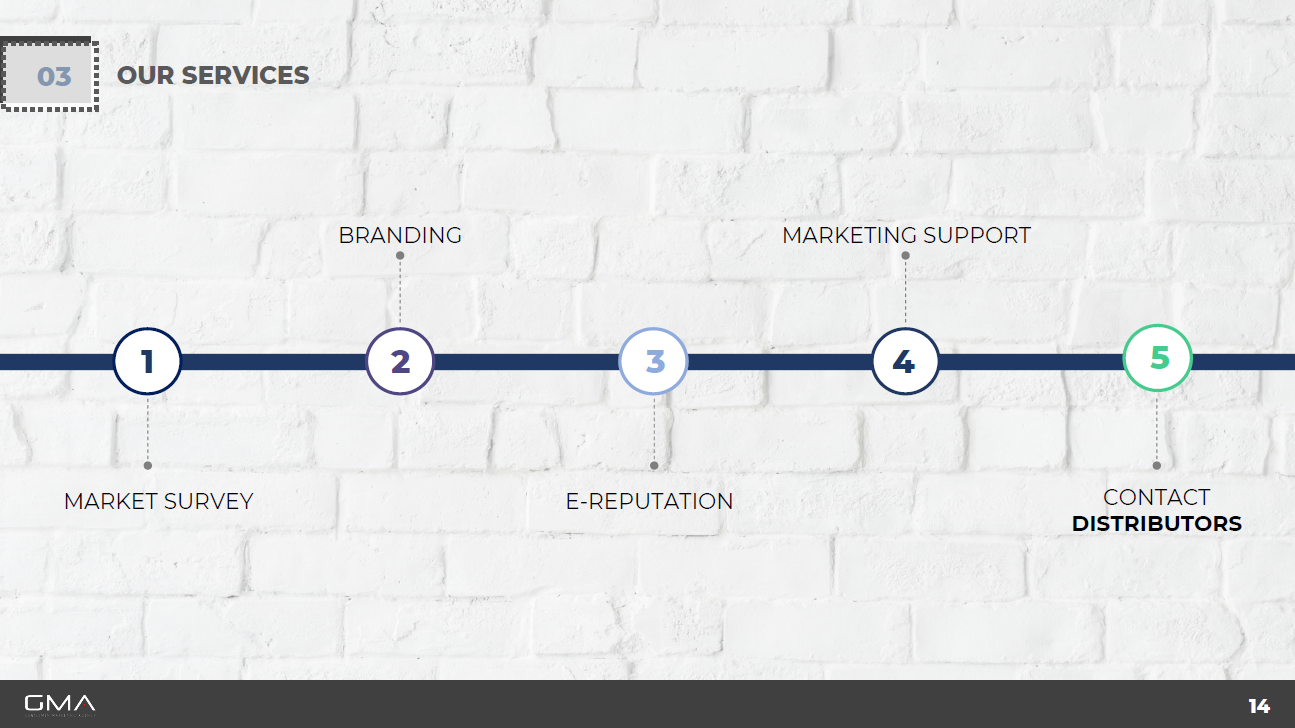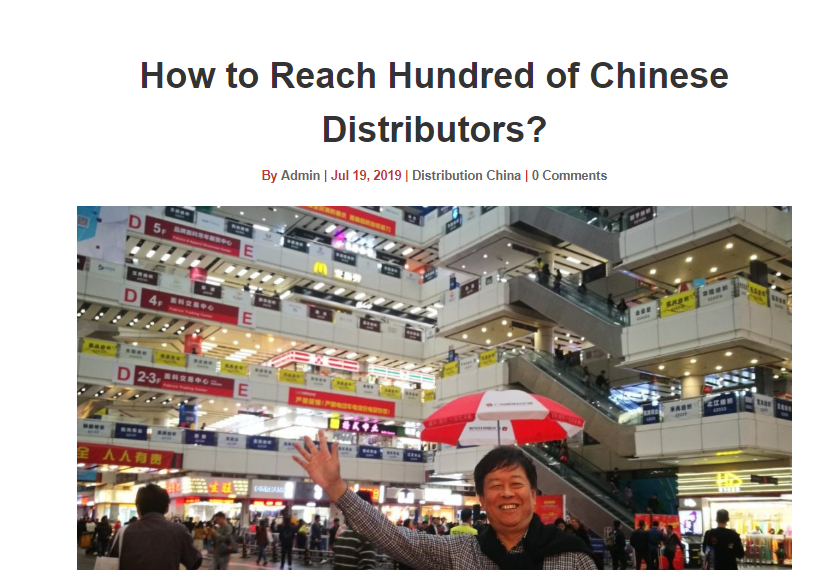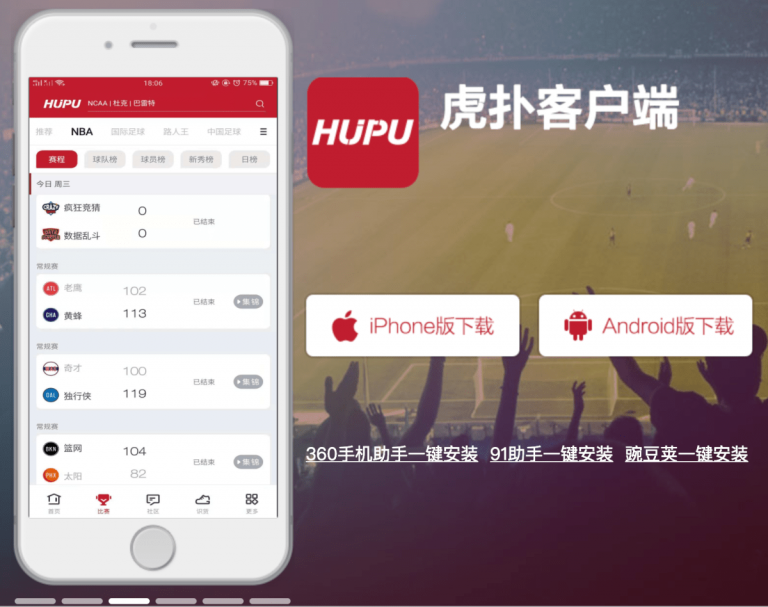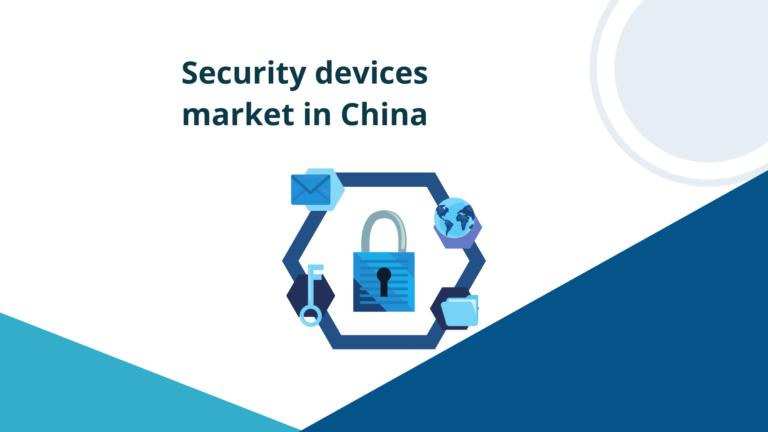Guide to Sell to Chinese Consumers

Understand the new Chinese Market demand in 2025.
What Chinese buy? what they want ? what distributors are searching for?
Cost-Effective Agency
KPI and Results focused. We are the most visible Marketing Agency for China. Not because of huge spending but because of our SMART Strategies. Let us help you with: E-Commerce, Search Engine Optimization, Advertising, Weibo, WeChat, WeChat Store & PR.
What It Really Takes to be a Top Selling Brand in China (2025)
1. Proven track record in China
Before thinking about China, your brand should already be thriving internationally, with $50M+ USD in annual revenue
If not, in China, if you need to show your selling Track record, Gates are open for Resellers, Distributors,
China is a hyper-competitive, high-stakes market; brands without a strong global foundation rarely survive.
2. Clear, Market-Ready Differentiation
In 2025, Chinese consumers prioritize value and function over origin : They care where a product comes from, 40% focus on price and functionality combined .
👉 Your product must stand out with unique features and clear advantages compared to local competition. If you can’t clearly explain why your product is better, you’re already behind.
3. A Story That Connects — With You In It
Chinese consumers don’t just buy products — they buy stories and people.
Your founders and leadership team must be ready to tell an authentic story, to personally connect with the market, and to build trust and emotional resonance.
👉 No “Ghost“brands — success in China starts with a story consumers can believe in.
4. Total Adaptation — No Copy-Paste Strategy (please 🙂 )
What worked abroad won’t work here. Product features, design, packaging, and marketing must be fully localized to meet Chinese consumer preferences and cultural expectations.
👉 Copy-paste strategies fail fast — adaptation is the new norm.
5. Serious Commitment — Resources and Inventory
China isn’t a test market. Entering China requires significant financial and operational resources — from inventory and logistics to local teams and marketing budgets.
👉 If you can’t commit, don’t enter yet. This market rewards brands that go all in.
✅ In Summary — To Win in China, You Need:
- ✔️ A globally successful brand with real traction
- ✔️ Products that truly differentiate in value and function
- ✔️ A founder’s story that resonates
- ✔️ A fully localized approach, not an overseas copy
- ✔️ Resources to scale and compete from day one
https://www.slideshare.net/OlivierVerot/2023-the-fundamentally-different-chinese-consumerpdf
The Chinese market is not that easy for foreign enterprises to enter due to the Chinese government’s favoring of domestic brands, as well as huge differences in technology and business cultures.
China’s rapid financial expansion caused societal changes and it led to an accelerated shift toward consumption within specific demographics.
Super Consumers from China
For example, Jeffrey Towson, author of the best-selling ‘The One Hour China Book’, puts forward the example of Chinese mothers, whom he calls “super consumers”, as market influencers who control spending within the family unit.
The Chinese market is the source of inspiration for the brands to seek breakthroughs and innovation.
We can bring consumers new inspiration for a better life and bring new strength to the innovation and development of China’s fashion industry
Business Model Roll Out
It’s essential to understand China’s unique business features to adapt the western marketing model to the Chinese market. Hertz, for example, failed to capitalize on the market by trying to launch a traditional car hire service. Chinese car hire firm eHi however quickly realized that offering an additional chauffeur-driven service could be more appealing in China’s gridlocked streets, an option that today accounts for over 50 percent of their revenue.
Embracing Chinese social media with local content
Building and promoting a brand via social media by circulating the right information to target consumer groups is a crucial strategy in the digital world, especially in China. Its digital population is estimated at 616.5 million social media users,
With the growing social media impact in China, Chinese consumers have built a deep trust towards the digital circle. More than half of post-90s consumers know about new products and brands via social media. Today, China hosts an ultra-consumerist society that drives retailers and brands to convert social media postings into profit. For example, if a consumer sees a product on Wechat moments, retailers should provide the option to purchase the product directly. By making the purchase process seamless, retailers lead their consumers to impulse buying without going through an extensive thought process on whether the product is necessary.
FOMO Syndrome
“Fear Of Missing Out” plays a big role in spontaneous shopping. Brands must leverage consumer psychology by implementing time-limited and holiday-based promotions. For example, JD.com saw a 50 percent increase in sales during this year’s 618 festival by offering discounted promotions, generating USD$ 17.6 billion in transaction value within two weeks.
Another way to encourage spontaneous buying is to design time-limited campaigns, as Roger Dubuis did. The campaign, called Race Against Time, was designed to last only 8888 minutes, with only 88 pieces of watches available for sale. By using the number 8 – a lucky number in Chinese culture, Roger Dubuis could drive more engagement from the users and ensure maximum success.

- 5 million visualizations
- 207 000 engagement in total and 17 000 engagements for social commerce
- 7 500 followers gained
Read also Neilshafer
China’s All-In-One App Ecosystem
In China, people are used to all-in-one apps combining multiple options, including payment schemes. E-commerce site Alibaba offers social and entertainment features built-in app since 2009, while social platforms like Wechat allow users to buy or sell products, read the news, book tickets, send monetary gifts, and pay for bills.
All within the app. There are plans, too, to expand Wechat Wallet into international markets. Numerous news sites, games apps, and e-commerce sites also intelligently integrate a clear “Buy” button within their platforms to help users to complete transactions.
E-shopping Dominates in China
Today brands need to follow a solid digital marketing strategy to make sure they are easily foundable anywhere, at any time.
Selling online to China from a foreign market is currently offered on Alibaba’s Tmall and JD Worldwide, but is an option not suited to every company as both of these platforms charge heavy fees, deposits, and commission costs, and only operate with companies that meet a certain turnover.
Read FAQ about crossborder in China
Comparing to the US and UK’s ecosystem where apps are still very separated, China is already on the next version of seamless online shopping. Chinese e-shoppers are very well familiar with all-in-one apps; thus, they have a continuous demand for higher efficiency in their apps.
Mini program are also super popular isource
Considering that 94% of Chinese use WeChat every day, there is thus no better app in China to give visibility to your brand. However, in addition to an official account, you can now create your mini-program. There are several advantages to this.
The appetite of international companies to invest in China comes as the american government has stepped up scrutiny over investment and business operations in China.
E-shopping in China with integrated digital platforms within has enabled an amazing impulse for buying culture that has not happened to any other country in the world. As impulsive shopping dominates the market, it is important for brands to incorporate suitable marketing strategies aimed at reaching more consumers while keeping their shopping fever on edge.
Read also how to reach hundred of Chinese distributors









